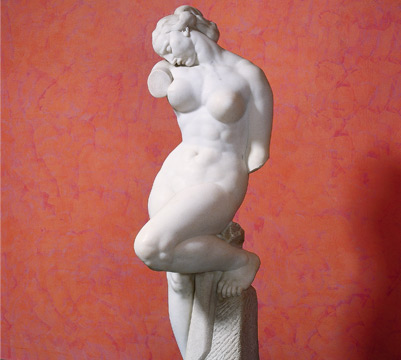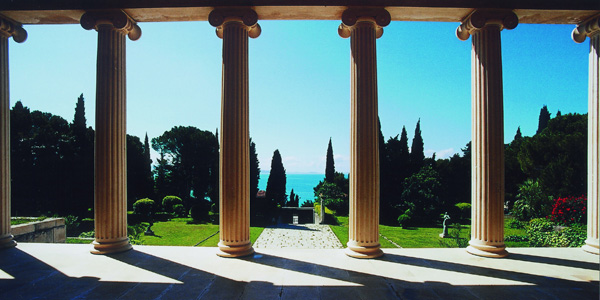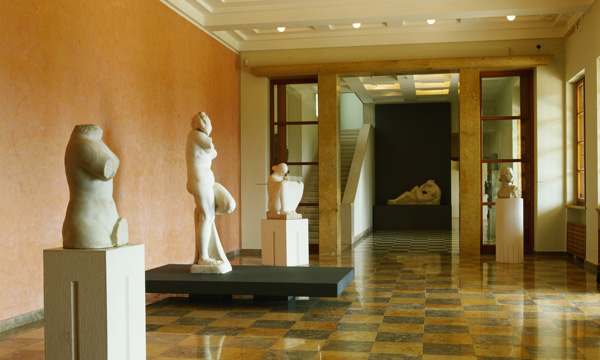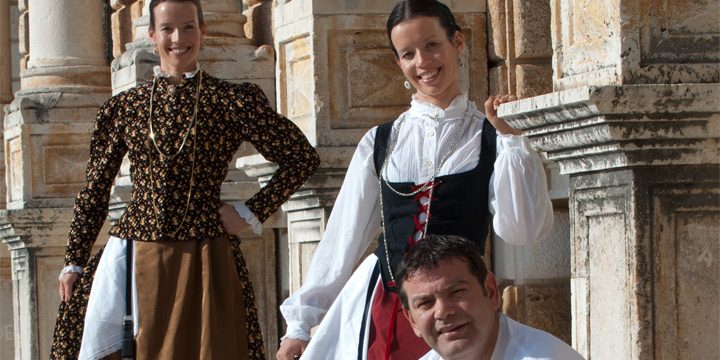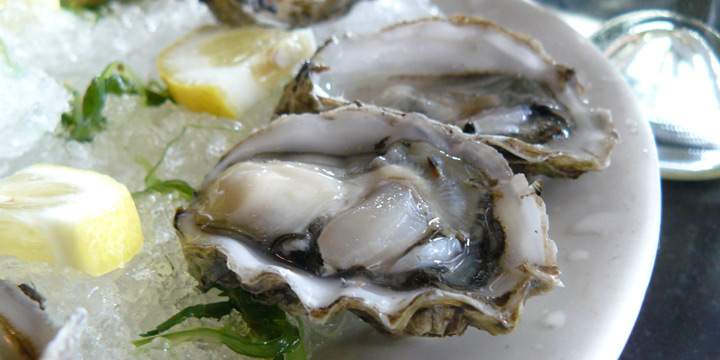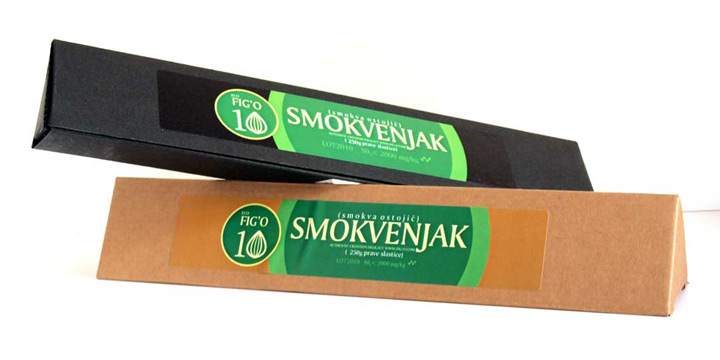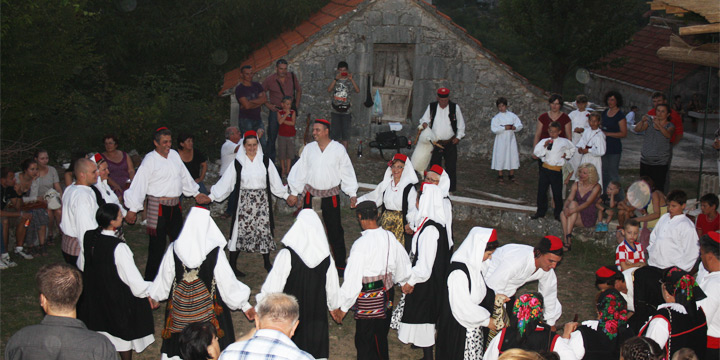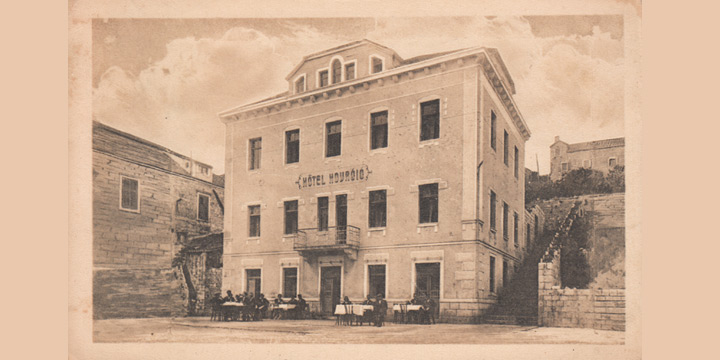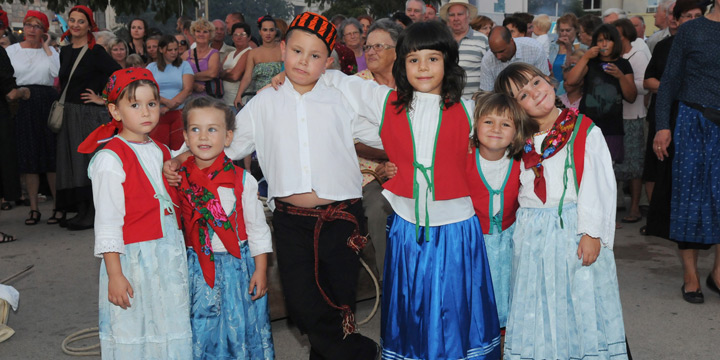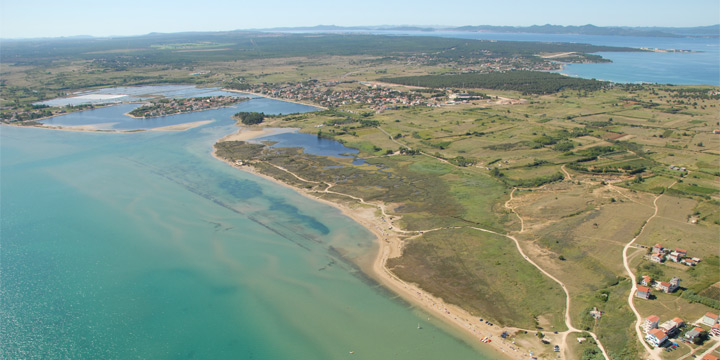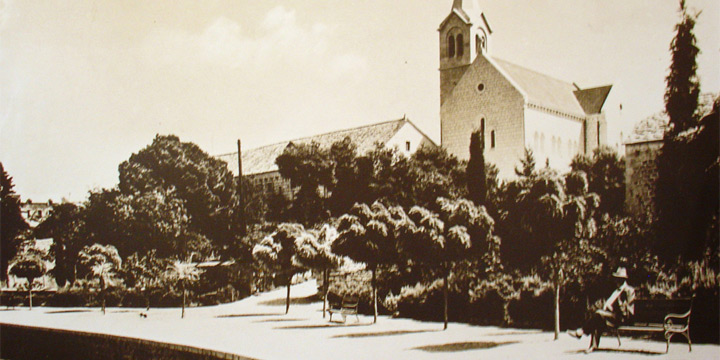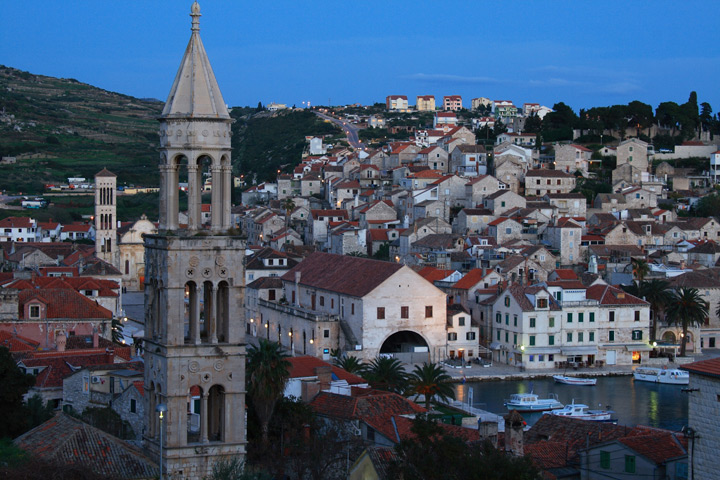[nivo effect=”fade” directionNav=”button” controlNav=”true” width=”720px” height=”360px”]
[image caption=”Interview: Hvar major Pjerino Bebić”]http://hotspots.net.hr/wp-content/uploads/2012/05/Pjerino-Bebic.jpg[/image]
[image caption=”Interview: Hvar major Pjerino Bebić”]http://hotspots.net.hr/wp-content/uploads/2012/05/Pjerino-Bebic1.jpg[/image]
[image caption=”Interview: Hvar major Pjerino Bebić”]http://hotspots.net.hr/wp-content/uploads/2012/05/Pjerino-Bebic2.jpg[/image]
[/nivo]
Together to the top of the world!
A lot of the collective effort of all Hvar people and their longtime hard work brought results, so the city is the number one tourist destination. However, while in some respects they are at the very top, in some others they are like the last hole on the flute, when it comes to the attitude of Jadrolinija towards these islanders, who are, without good transport links – dying…
For a long time has the name of Hvar been a synonymous of top quality tourism, of holiday on the sunniest island, in a city which boasts the oldest theater in Europe, beautiful beaches, Pakleni Islands – a paradise for boaters, and since recently they also have the best potestatem.
Reason enough for a discussion with the first man of Hvar, Pjerino Bebić.
-Are you flattered by the title of the best mayor, the prize that was assigned to you on the past Days of Tourism held in Šibenik?
It is very flattering because it is awarded from relevant institutions and jury. But I see it as a collective award to the whole city. In pretty rough time of transformations in Croatia, it knew how to direct positive energy and work in its own interest and for the benefit of local families, which is in our city strongly intertwined. People raised loans, believed in improving the quality of service, sincerely supported infrastructure projects that enabled us to make a real quantum leap for Hvar. To me, it would be a highest recognition when anyone in Hvar would be aware of their contribution to every award which is given to our city. Similarly, on the whole island there are fantastic examples of a payoff of many years of work and effort. All this, organized in a complex story, helped our city and the island to become a top destination, without which no travel chart can pass.
– How much effort does it takes to receive the award by the profession?
A lot of collective and long-term effort! In these projects, one is like none. I hope that I will never fail to congratulate, again and again, to everyone in the town of Hvar who cares about common good and the quality life of the community. Remember that we, in fact, do not have tourists, rather friends who were won over by Hvar and who cannot stop talking to their friends of a great time they had here.
– Since you became potestatem of the city on the sunniest island, were the tourist offer and the structure of services – changed?
In terms of infrastructure, the answer is no. We are still city of several thousands of people, which must have the infrastructure for the 25 000. But in terms of logistics, management and media promotion, I can say that it has changed completely. Sometimes I have a feeling that people “rediscover” Hvar, and that they appreciate it even more.
– According to your opinion, what is the future of tourism on Hvar: elite, nautical, congress, medical, sports?
It is based on the diversity of all these forms. I like to call it Hvarian tourism. Namely, we are developing the concept of how to subsidize rapid transport from the airport (which is under construction) to Hvar to attract congresses, because without them there is no enlargement of the season. Together with the Port Authority of Split County we not only improve the harbor for yachtsmen, but also for local boat owners. From a sports complex, we never gave up … indeed. And when we talk about elite tourism, I am very happy that our city is visited by royal families and the global jet-set, but Hvar is very accessible to everyone in its own way. The offer is really good and now it can only go better.
– What is necessary for retaining the number one position, and that the name of Hvar still carries a HOT SPOT prefix as the most popular tourist destination?
An airport and subsidized lines. We need an Islander at the top of Jadrolinija. Unfortunately, I have to conclude that there is the incredible lack of understanding of island life by the Jadrolinija administration. Interestingly, on the other hand, our friend who works at ferry line is the winner of this year’s City award, because people do try. But the administration is truly amazing. How does one explain that you can buy a parking ticket over the mobile phone in every bigger city, but there’s no chance to buy a ticket on a route Split-Hvar on a heavily visited weekend, let alone in the peak of a season. So, from some aspects, we are the very top, and from some others, the last hole on the flute!
– You had lots of problems with the Sunčani Hvar (Sunny Hvar) project. What is the situation now?
We worked hard with the government to protect workers’ interests and assets of the company. Unfortunately, the number of workers there is such that no more can the enterprise be called the carrier of the city economy. The Sunny Hvar is an enterprise lowered to the level wanted by a private investor in terms of capacity and number of employees. We shouted and shouted, under great pressure, but without any real formal power. Government supported such a vision and financed all together. This issue is obviously absorbed in this manner, because what was allowed was allowed, except if the government miraculously restarts certain issues. The town of Hvar will continue to seek partners for joint projects and I know that we will find them. The situation with Sunny Hvar has shown us that somebody quite rudely snatched one part of the past. There are no more protagonists of this story – some of them are at court, some are hiding, some in prison, but we must go on along with the enterprise.
– Lack of seasonal staff – how do you solve this problem?
We never had an excessive problem with that and vice versa, no one ever had a problem with finding the job in Hvar during the season, but we need more permanent jobs. Nobody plans to establish a family based on a seasonal work, and we need an island that is alive, which we are, and which we want to be forever. We need more islanders!
– What does city offer – wild parties for the young, quiet holidays for families with children or a peaceful vacation for retirees?
The town of Hvar is a place of enjoyment and the rare are those who do not enjoy it. There’s nothing that cannot be found here. Hvar offers everything and we always make sure that we not withhold anyone in any way.
– Further branding of Hvar – the present course?
The huge tradition of hospitality and tourism has made of Hvar an ideal choice. Among the targeted groups, the truth is there are many young people who recognize the city and the island of Hvar, and his double life: relaxed at the daytime, exciting at the night. There is a very important group of lovers of hidden coves on the island and on the Pakleni islands, which enjoy an exclusive Robinson tourism. All of this is also recognized by celebrities and business elites, as well as their families.
– The scale is raised high – do you have the willingness and the strength, but also the support of citizens and of the state, to realize your goals?
Hvar is still a mundane destination. We have never dealt with politics, rather with our city: we changed the bulbs in public lighting, dug the sewers, but also welcomed to our dock marine vehicles of the global elite. For a tenacious and sometimes stubborn work on the future of our town, we have always found friends at every level of political power, and I think that will always be correct. In fact, we love to thank these people.



